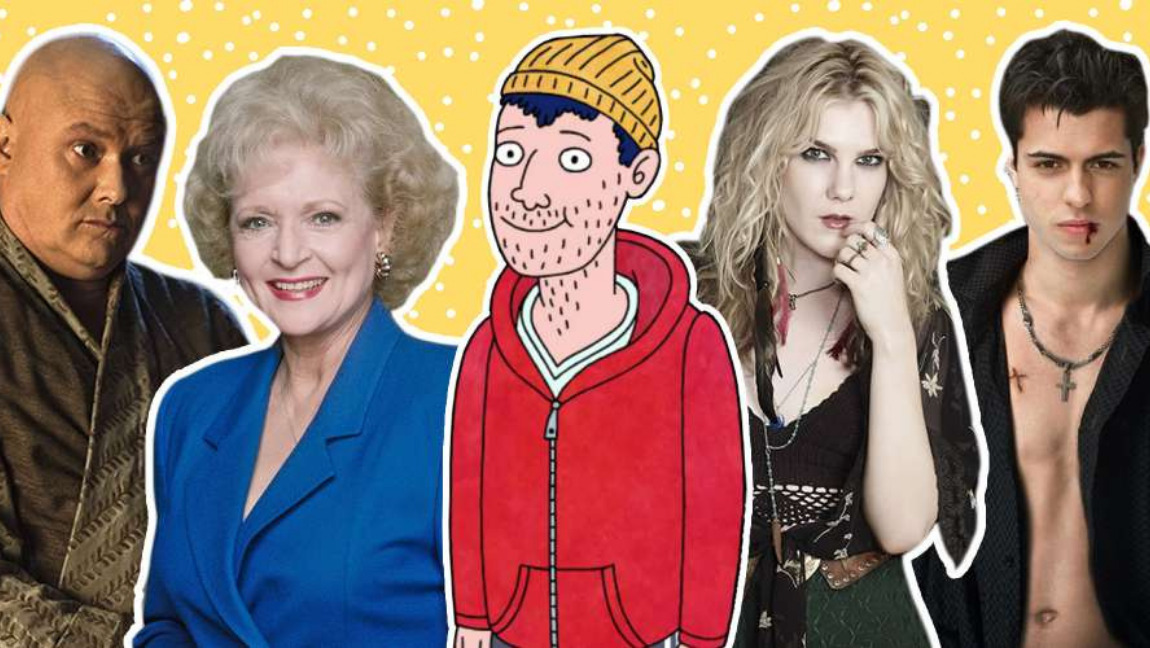Over the past few years, asexuality has made its way into modern vernacular. And while asexuality has been around for, well, EVER, it hasn’t always been acknowledged in the media.
And media representation is wildly important. Seeing one’s own sexuality reflected back in books, television, film, advertising, and video games can help viewers to feel seen. It provides solidarity and depicts situations and relationships that help give folks perspective and reference points when understanding their own lives.
But asexuality has been historically left out of the media, making it easier for asexual folks to feel lost, alone or confused about their identities.
What is asexuality?
Let’s start with the basics: asexuality includes a range of sexual orientations, including asexual, aromantic, demisexual, demiromantic, graysexual, and more. Broadly speaking, asexuality refers to low or no sexual attraction. Traditionally, asexual folks (or ace) aren’t interested in sexual relationships… but that also doesn’t mean they’re not interested in dating or romance altogether.
Aromantic (or aro) are people who aren’t traditionally interested in romantic relationships, while demisexual people need to experience an emotional bond prior to experiencing any sexual relationships or attraction.
Similarly, demiromantic folks need to establish a friendship before developing a romantic connection.
Graysexual identities exist somewhere between sexuality and asexuality. This is an umbrella term for people who have experienced low sexual attraction or sexual attraction only in specific situations.
It’s also worth noting that some ace people are still comfortable with sex and/or masturbating. Some choose not to have sex at all. Like many types of queerness, asexuality is a spectrum, and therefore it’s sooo important asexuality, and ace folks are represented with nuance and three-dimensionality!
There are specific asexual dating apps built by queer people in order to offer a safe experience for ace people, so they aren’t trapped in heteronormative and closed-minded apps, which could be pretty harmful.
How has asexuality historically been represented in the media?
The idea of not having sex (or not being interested in sex) has historically been represented as a negative thing. Look at movies like Superbad, The Forty-Year-Old Virgin, or American Pie; all of these films put a heavy emphasis on the idea that not having sex is a bad thing. Hundreds of advertising companies will tell you “sex sells.” And while there’s no shame in being a sexual person, it’s also important to acknowledge the spectrum of sexuality.
There are other cases where asexuality is dismissed entirely. For example, in a 2012 episode of the medical drama House, one clinic patient and her partner tell Dr. House that they are both asexual. But instead of using it as an opportunity to discuss accurate and positive representation, Dr. House is convinced they are lying. (Even worse, it turns out he’s right… and they are lying and/or dealing with a tumor lowering libido.)
Are there any positive representations of asexuality in the media?
Luckily, yes! As our world’s understanding of queerness and asexuality continues to blossom, we start to see more positive representations of the ace community in popular media.
Perhaps one of the most noteworthy examples of this is the character Todd Chavez in the animated show Bojack Horseman. Todd comes out as asexual in the fourth season. His character arc after the fact deals with his journey as an ace person, and demonstrates how Todd continues to approach friendships and romantic relationships. (His arc also goes on for several seasons, illustrating how embracing one’s sexuality is a journey.) He later even develops a dating app specifically for ace people looking for connection!
Other examples of ace people in popular media include Spongebob Squarepants. In 2002, Creator Stephen Hillenburg revealed that the classic cartoon is asexual—just like actual sea sponges.
We also see asexual representation in the iconic HBO show, Game of Thrones. The show confirmed that the prominent Lord Varys (played by Conleth Hill) is asexual. Varys is a eunuch, but we later see that other eunuchs pursue sexual relationships…thus the show does a good job of not conflating asexuality and being a eunuch. He even has a speech where he shares, “When I see what desire does to people, what it’s done to this country, I am very glad to have no part in it.”
The Netflix TV show, Everything’s Gonna Be Okay also has a great example through Drea, played by Lillian Carrier, who identifies as homoromantic (romantically attracted to people of the same gender) and asexual.
Sex Education is another show that explores asexuality through Florence, played by Mirren Mack. While Florence’s asexuality is initially dismissed by the main character Otis, she later has a positive conversation with Otis’s mom and professional sex therapist. She assures Florence that her asexuality isn’t just valid—it’s also beautiful and normal!
Of course, there are menu “asexual speculations” in modern TV media. One of these is Elsa from Frozen. While not confirmed, some folks believe that Elsa’s lack of interest in romance (unlike most Disney princesses) suggests that she does not experience sexual attraction. And while it’s not confirmed, it is nice to see characters like Elsa in such a popular Disney franchise.
We can only hope that asexual representation continues to increase. The more we take care to represent the many facets of the LGBTQIA+ spectrum, the more empowered our community feels to step into their authentic, amazing selves.

